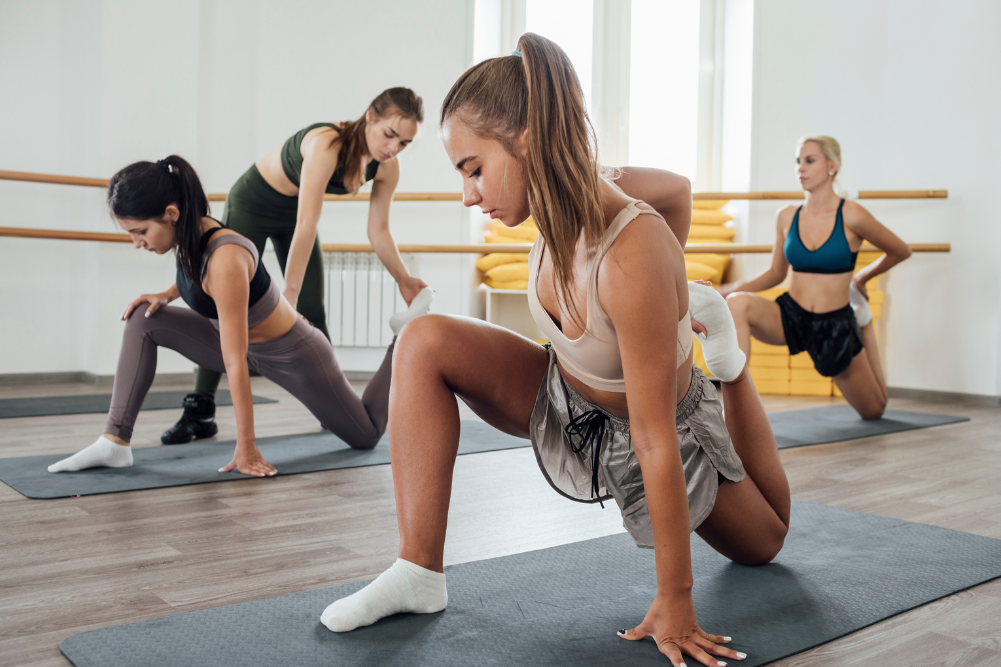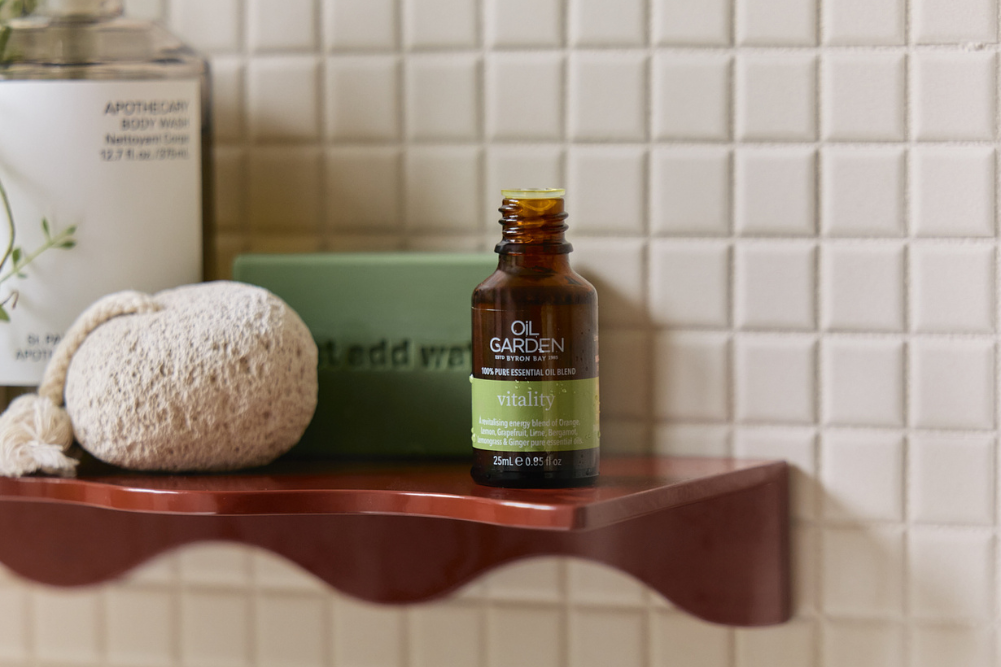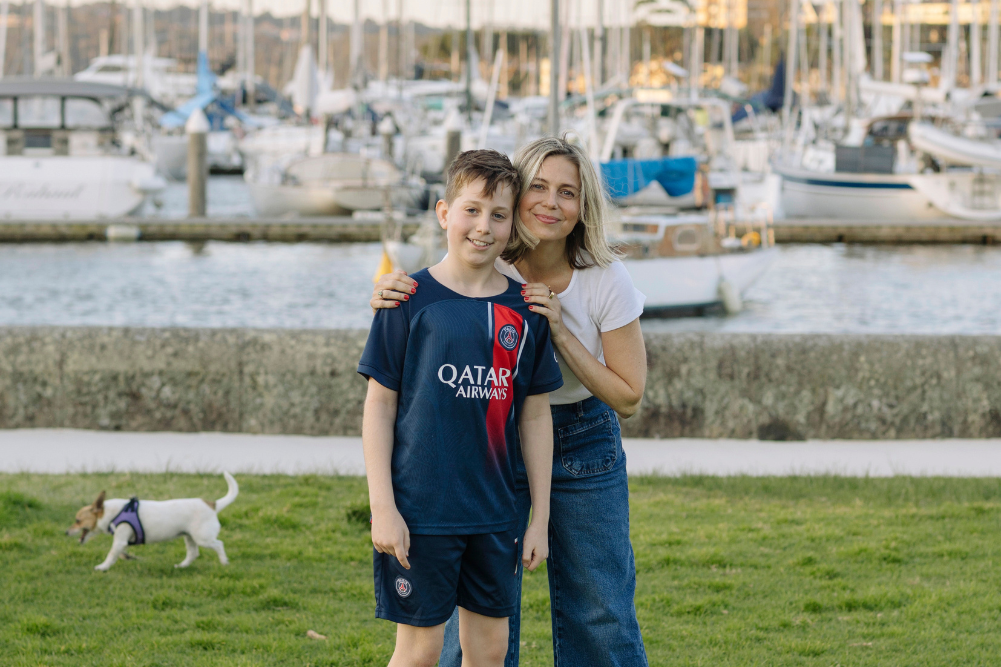The multi-modal fitness revolution
The dawn of multi-modal fitness is changing the game for health enthusiasts everywhere. This innovative approach synthesises various exercise modalities specifically combining strength training, cardiovascular workouts, flexibility exercises and functional movement into a singular, dynamic regimen. By embracing this integrated style of training, individuals can experience a multitude of benefits that cater to diverse fitness goals while promoting overall wellbeing.
At its core, multi-modal hybrid fitness is about intertwining different exercise types, allowing participants to engage in a comprehensive workout experience. Unlike traditional fitness routines that often compartmentalise strength and cardio sessions using weights or gym-style machines, hybrid fitness melds these elements together, engaging multiple systems simultaneously. The philosophy behind hybrid fitness is rooted in functional fitness – an approach that focuses on exercises mimicking everyday activities, enhancing overall physical capability while preventing injuries.
Individuals, whether they are new to exercising, or even elite or ageing athletes, can attain unprecedented results through this hybrid method. Beginners find their stride by building foundational strength and endurance quickly. In contrast, a seasoned enthusiast can push through performance plateaus, continually setting and achieving new benchmarks. The beauty of hybrid fitness lies in its accessibility – everyone can find their own level of challenge at home or in a gym.
As body wellness and knowledge increases, people aspire for a balance of power, agility and endurance that enables them to thrive in daily life. Hybrid fitness encourages functional fitness, enhancing performance in real-world scenarios.
Key muscle groups involved in multi-modal training
1. Lower body
Quadriceps: Essential for movements like lunges and sled pushes, the quadriceps are heavily engaged during explosive activities.
Hamstrings: These muscles work in tandem with the quads during dynamic movements, helping with power output and stabilisation.
Glutes: The gluteal muscles are a significant focus, providing strength and stability during squats, lunges and bear crawls. They also play a role in maintaining posture and preventing lower-back injuries.
Calves: Important for agility and explosiveness, calf muscles stabilise movements, particularly during push-offs and landings.
2. Core
Abdominals: The rectus abdominis and obliques help stabilise the torso during complex movements and improve overall body coordination.
Erector spinae: These muscles run along the spine, supporting posture and protecting against injury during lifting and dynamic exercises.
Transverse abdominis: This deep core muscle is engaged in stabilising the spine and pelvis, critical for maintaining balance in functional movements.
3. Upper body
Shoulders (deltoids): The deltoids are engaged in overhead movements and pushing exercises, enhancing upper-body strength and functionality. ‘
Chest (pectorals): Involved in pushing exercises, the pecs contribute to overall upper-body strength and≈stability.
Back (latissimus dorsi, trapezius): Critical for stabilisation and pulling movements, these muscles promote posture and reduce injury risks during dynamic exercises.
4. Functional muscle groups
Stabilisers: Smaller, often underutilised muscles aid in balance and joint stability, playing a key role in injury≈prevention.
Synergistic muscle function: Multi-joint exercises engage multiple muscle groups working together, essential for real-world activities and functional fitness.
Numerous benefits
Hybrid fitness routines offer significant functional benefits, including enhanced athleticism through strength gains from resistance training, improved agility and coordination essential for sports and daily activities and increased endurance facilitated by HIIT (high-intensity interval training) elements. These routines also support cognitive and mental resilience by engaging both the body and mind, enhancing neuroplasticity and promoting stress relief through endorphin release. Furthermore, they contribute to health and longevity by improving mobility and flexibility, supporting bone density to reduce the risk of osteoporosis and enhancing metabolic health to lower chronic disease risks such as obesity and diabetes.
Multi-modal hybrid fitness offers a sustainable approach that not only promotes physical health, but also nurtures a balanced lifestyle. By embracing this innovative training style, you can unlock your true potential and cultivate a deeper connection with your body, leading to a healthier, more vibrant life.
Full-body workout
Here are eight of the best multi-modal hybrid exercises that you can easily perform at home. These exercises combine strength, cardio and functional movement, making them effective for a full-body workout without needing specialised equipment.
To create an effective workout, follow these tips. Always warm up for about five to 10 minutes to prevent injury. Add weights – if you have dumbbells or kettlebells, incorporate them to increase the intensity and effectiveness of your workout. Keep water nearby and stay hydrated throughout your workout.
Create a circuit by performing each exercise for 30 seconds, followed by a 15-second rest and completing three to four rounds. This approach engages multiple muscle groups and effectively elevates your heart rate, making it a great hybrid workout for home. Always ensure you maintain proper form to prevent injury.
1. Burpee with push-up
Start in a standing position. Drop into a squat and place your hands on the ground, jumping your feet back into a plank. Perform a push-up, then jump your feet back toward your hands and explode up into a jump.
Benefits: combines strength from the push-up with a cardio-intensive jump, effectively working your upper body, core and legs.
2. Dumbbell thrusters
Stand with feet shoulder-width apart while holding dumbbells at shoulder height. Squat down and, as you stand up, press the dumbbells overhead in one fluid motion.
Benefits: this combines a squat with an overhead press, targeting your legs, glutes and shoulders for strength while elevating your heart rate.
3. Mountain climbers
Begin in a plank position with your hands under your shoulders. Quickly, bring one knee toward your chest, then switch legs rapidly as if you are running in place.
Benefits: A great cardio exercise that engages your core, shoulders and legs, improving both strength and endurance.
4. Lunge with twist
Step forward into a lunge with your right leg and, as you lunge down, twist your torso to the right. Return to standing and repeat on the left side.
Benefits: strength training through lunges combined with rotational movement engages the core and improves flexibility.
5. Plank jacks
Start in a plank position. Jump your feet out wide and then back together, like a jumping jack but in a plank position.
Benefits: This exercise elevates your heart rate while strengthening your core, shoulders and legs.
6. Single-leg deadlift to row
Hold a dumbbell in one hand. Stand on the opposite leg and lean forward, extending the dumbbell toward the ground while lifting your free leg straight behind you. Return to standing and perform a row movement with the dumbbell.
Benefits: Combines balance, strength and core engagement, targeting your hamstrings, glutes and upper back.
7. High knees
Run in place while lifting your knees as high as possible toward your chest. Use your arms to pump and maintain momentum.
Benefits: A powerful cardio exercise that increases your heart rate while also working your core and hip flexors.
8. Bear crawls
Start on all fours and “crawl” forward by moving your right hand and left foot simultaneously, followed by your left hand and right foot. This full-body movement challenges stability, strength and cardio.








